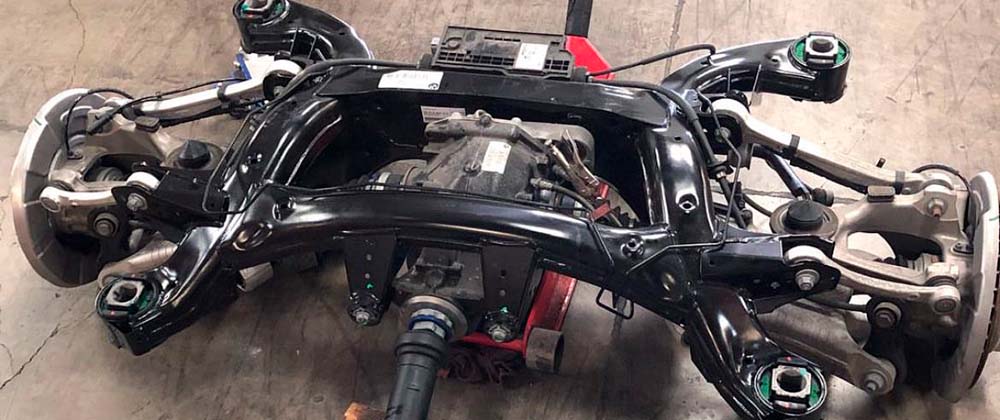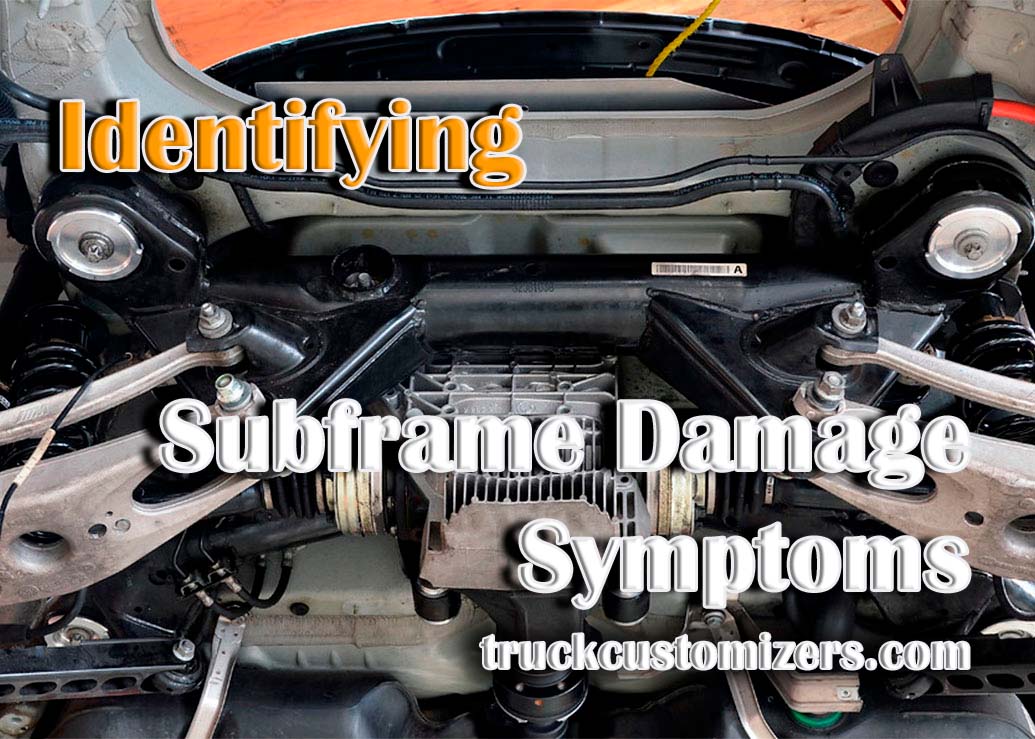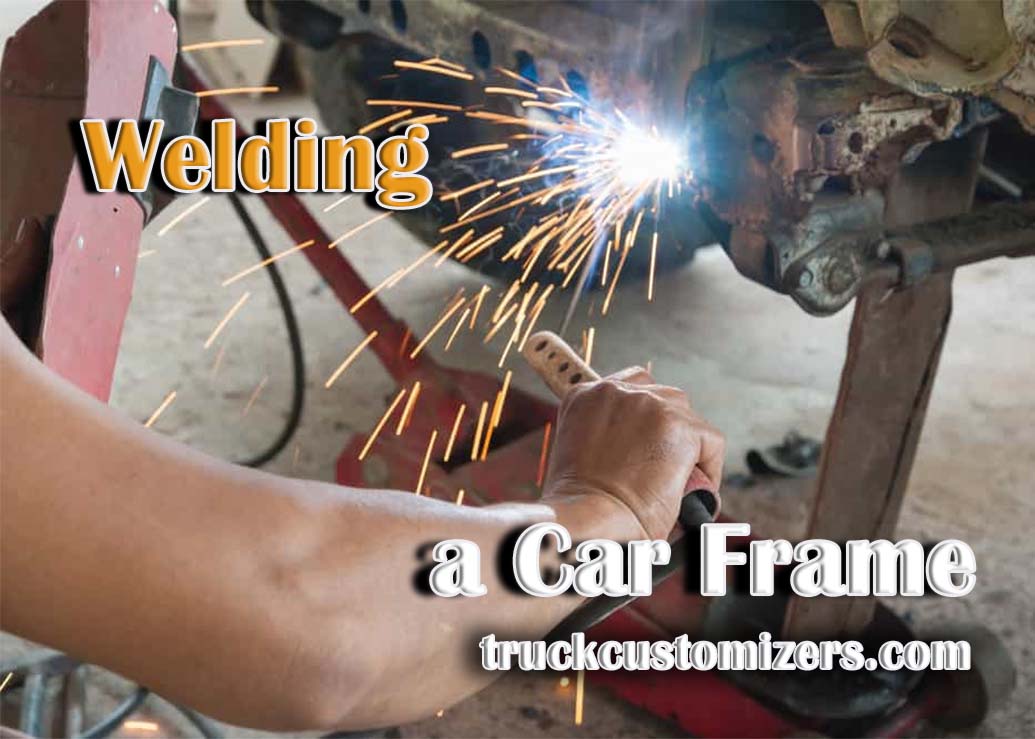Have you ever questioned whether the structure of your vehicle is weakened or not? The symptoms of subframe damage can be subtle yet impactful. Recognizing these symptoms is essential for keeping a vehicle running safely and avoiding costly repairs in the future. Subframes, which support various components of a car, are vulnerable to damage from bumps, ramps, and even collisions. Knocking sounds, unusual vibrations, or misaligned body panels could all be indicators of subframe issues. So, how do you know if your car’s subframe is damaged?
Causes of Subframe Damage
Subframe damage is a problem that can arise in vehicles due to multiple contributing factors. One of the most prevalent is corrosion over time, especially in areas where roads are salted during winter. The salt can accelerate rust and deterioration of the subframe components. Collision impacts, particularly front or rear-end accidents, can also bend, twist, or crack subframe parts. Hard driving on rough roads or surfaces that subject the undercarriage to rocks, debris, and potholes takes a toll as well. Worn-out suspension components like bushings or ball joints shift more stress and weight onto the subframe, leading to cracking and failure. Improper jacking during oil changes or repairs can crush subframe sections if vehicles are not properly supported. Even normal wear and tear over high mileage will degrade subframe integrity. Being aware of these damage sources helps identify earlier when subframe problems are developing.
Signs and Subframe Damage Symptoms

Subframe damage can cause a variety of symptoms that are noticeable to the vehicle owner. These can range from clunking or popping noises when going over bumps or turning corners, to decreased performance in terms of steering control and suspension handling. If there is significant subframe damage, it may also be visible as dents, cracks, or even complete breaks. If the damage is extensive, the whole subframe may have to be replaced. Other signs that there may be an issue with the subframe include excessive body roll when cornering or taking sharp turns, excessive vibration from underneath the vehicle while driving, and a feeling of instability while driving on uneven surfaces such as potholes or gravel roads. If any of these symptoms exist in your vehicle it is important to have it checked out by a professional mechanic so they can accurately diagnose and repair any problems with your subframe before they become more serious.
How to Test for Subframe Damage?
There are a few methods technicians use to diagnose subframe integrity issues. First, they will put the vehicle on a lift and perform a thorough visual inspection of the subframe. Using a hammer, they will lightly tap along welds and mounting points to detect any cracking or movement that indicates loosening. Suspension components like bushings may be checked for extreme wear. A chassis alignment analysis can identify shifting that signals subframe distress. Measuring ride height from wheel well to fender can determine if a collapse has occurred. Technicians also observe if components like steering racks or lower control arms easily move by hand, which would indicate frame damage. For very detailed assessments, some shops place specially designed subframe test gauges under load while jacking and report on any distortion. Vibration tests may also be conducted on road surfaces. While visual inspections can begin to identify subframe faults, these advanced diagnostics help determine the true scope of damage for necessary repairs.
Dangers of Driving with a Cracked Subframe
It is not safe to drive a vehicle with an inadequately supported subframe. This puts additional stress on other components such as the suspension, driveshafts, and axles. The frame may also start to twist and sag, making the car unstable and difficult to control in turns or on bumpy terrain. A cracked subframe can cause broken springs, wheel misalignment, or even steering failure if left unchecked. It could also lead to costly repairs like replacing transmission mounts or exhaust systems due to weakened supports. Also read here about Welding a Car Frame.
Conclusion
Regular inspection of subframes on vehicles is essential to check for signs of wear or damage. Lowered ride height, clunking sounds when going over bumps, excessive body roll when cornering – these are all indicators that your car’s structural integrity may be compromised. With proper knowledge and careful inspections, you can identify signs of subframe damage before serious harm occurs to other parts of your vehicle. By being diligent in understanding the symptoms of subframe damage you can help maintain the safety and longevity of your car for years to come!



